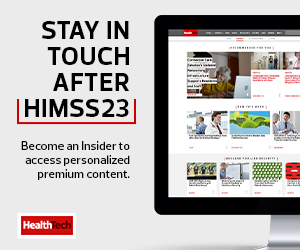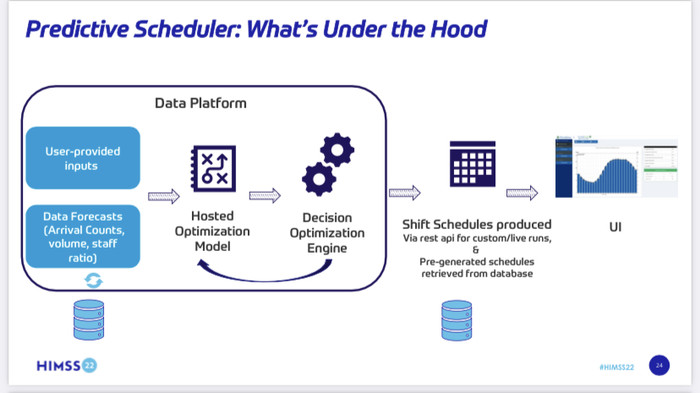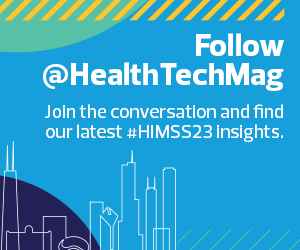Virtual Nursing Can Offer Much-Needed Relief
HCA Healthcare Vice President and Chief Nursing Informatics Officer Sherri Hess said that nursing recruitment and retention were top priorities for her organization and that the shortage is a major concern for the industry.
Health systems need to develop and deploy innovative care models to better support nurses. It’s also crucial to get real-time data and the right alerts to nurses, Hess added.
“We’re working with our partners at Microsoft to come up with the ability to put that data in front of our charge nurses in a much easier way, instead of searching through multiple dashboards,” Hess said.
WATCH: CISA’s deputy director talks healthcare cybersecurity at HIMSS23.
Virtual nurses in acute-care areas have been a great help at HCA Healthcare, Hess said. All those things that the bedside nurse would normally do, the virtual nurse is doing, she said, such as admissions, discharge teaching, hourly rounding and pain reassessment.
The program can also attract retired or academic nurses who may not want to be on the floor for 12 hours but want to provide care. “The nurses love it. We’ve seen the satisfaction go up in the units where we’ve implemented it. The patients absolutely love it,” Hess said.















